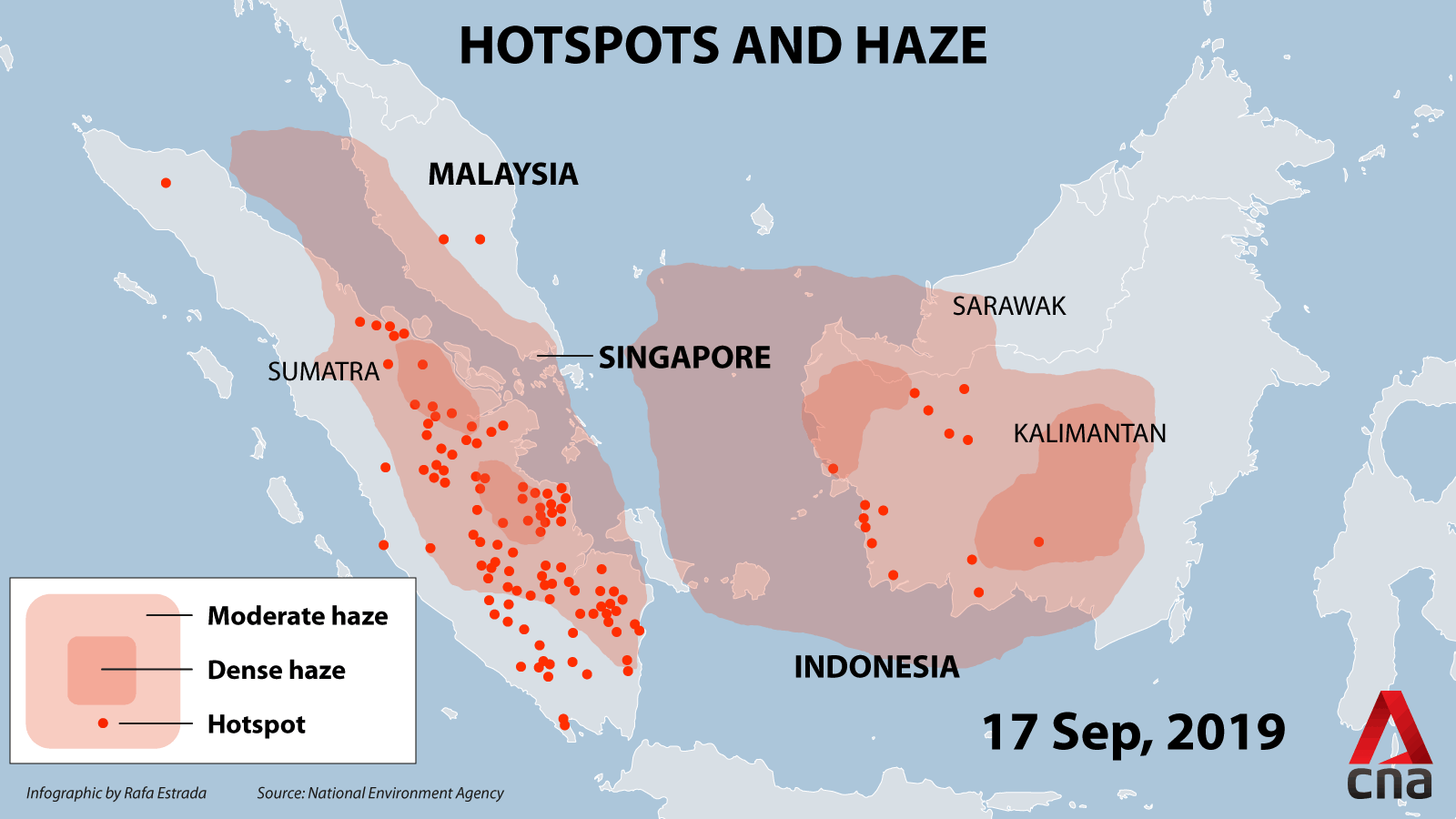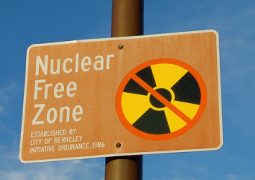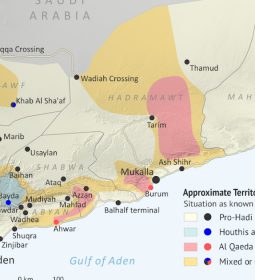Malaysia looks to clouds, as smoke haze shrouds Kuala Lumpur

The choking smog, blamed on forest fires in Indonesia, has become an annual occurrence in Southeast Asia, despite efforts to address the problem.
by Florence Looi
Above Kuala Lumpur, Malaysia – Permission from the meteorology department obtained, security clearance from the air force granted – all that was left for us to do was wait.
The wind and atmospheric conditions had to be just right for cloud seeding, the process of artificially creating rain.
Malaysia blames it on forest fires in neighbouring Indonesia. Farmers and plantation owners often resort to the cheapest way to clear land for new planting – by setting it alight.
As of 8am on 18 September 2019, there were 22,336 hotspots; 20,000 of which were in Sumatra and the province of Kalimantan, on Borneo island, according to a regional monitoring agency.
Hotspots are areas of intense heat detected by satellite, indicating a high chance of fire.

Indonesia says some Malaysian companies operating in Indonesia are also to blame.
Cloud seeding uses a solution of water and sodium chloride, which is loaded into tanks on the back of the plane and then sprayed into clouds at altitude [Florence Looi/Al Jazeera]
None of this finger-pointing changes the fact that haze has become an almost annual occurrence around this time of the year. There seems to be little resolve to tackle it. In 2002, ASEAN countries signed an agreement to tackle transboundary haze. Seventeen years later, it is still a problem.
Cloud seeding is a desperate attempt to reduce the haze, but it is only a temporary solution.
“As long as there are still hotspots, and the winds continue to blow from those hotspots to this region, the haze will return,” Jailan Bin Simon, director general of the Malaysian Meteorology Department tells us.”But at least we’ll be able to temporarily reduce the air pollutant index.”
We went up in a C-130 plane as it sprayed a mixture of sodium chloride and water into the clouds. This is how cloud seeding works – the little water that is already in the air condenses around the newly-introduced particles. That helps thicken the clouds and increases the chance of rain.
The liquid solution is kept in 1,000-litre tanks, released through a tap at the bottom of each tank. The liquid flows from pipes to hoses that jut out of the back of the plane’s open cargo door while the pilot flies the plane into the clouds.
Cloud seeding only works when there is enough cloud cover to produce rain. We were warned it may take some time to locate suitable clouds, even with weather guidance from meteorologists.
Within 20 minutes of the flight, the first of four tanks was released.
Firefighters try to extinguish forest fires in Pekanbaru on the Indonesian island of Sumatra. The fires spread health-damaging haze across the country and into neighbouring Malaysia and Singapore [Uncredited/AP Photo]
Two and a half hours later, the plane arrived back at the airbase, 25km from Kuala Lumpur city centre. I still was not sure whether the cloud seeding had been successful.
Then my phone beeped with text messages.
“Looks like cloud seeding worked.
“P****** it down hard here”, accompanied by photos of a rain-soaked Kuala Lumpur.
But the respite was only temporary.
A few hours later, the city was once again shrouded in haze.
Schools have been given standing instructions to close when the air pollutant index reads above 200. NGOs have taken to distributing free masks to people.
NGOs in Malaysia have been distributing face masks amid persistent haze [Mercy Malaysia/Al Jazeera]
Those with existing health conditions suffer the most.
Eight-year-old Adam Ilhan bin Muhamad Syakiran, who has asthma and nephrotic syndrome, has had to skip school and spend more time indoors.
On one particularly bad day, he had to visit the doctor four times to use a nebuliser.
His mother, Munirah Mohd Izam, worries about his health.
“He’s bored as well,” she said. “He keeps complaining about wanting to go back to school and meeting his friends.
“I think if this haze situation does not go away, it’s going to be quite a stressful time for us as a family.”
The monsoon rains are not due to start until next month, so there is little chance that the smoke will go away unless the fires ravaging parts of Indonesia are extinguished.
Until then, people will be hoping for a change in the wind direction.
- Previous Saudi oil attacks an ‘act of war’ by Iran, not Yemen rebels, Pompeo claims
- Next Kashmir under lockdown: All the latest updates
















